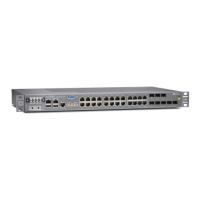Table 137: show class-of-service interface Output Fields (continued)
Field DescriptionField Name
Active alarms and defects, plus counts of specific SONET errors with detailed information.
• Seconds—Number of seconds the defect has been active.
• Count—Number of times that the defect has gone from inactive to active.
• State—State of the error. A state other than OK indicates a problem.
The SONET line field has the following subfields:
• BIP-B2—Bit interleaved parity for SONET line overhead
• REI-L—Remote error indication (near-end line)
• RDI-L—Remote defect indication (near-end line)
• AIS-L—Alarm indication signal (near-end line)
• BERR-SF—Bit error rate fault (signal failure)
• BERR-SD—Bit error rate defect (signal degradation)
• ES-L—Errored seconds (near-end line)
• SES-L—Severely errored seconds (near-end line)
• UAS-L—Unavailable seconds (near-end line)
• ES-LFE—Errored seconds (far-end line)
• SES-LFE—Severely errored seconds (far-end line)
• UAS-LFE—Unavailable seconds (far-end line)
SONET line
Active alarms and defects, plus counts of specific SONET errors with detailed information.
• Seconds—Number of seconds the defect has been active.
• Count—Number of times that the defect has gone from inactive to active.
• State—State of the error. A state other than OK indicates a problem.
The SONET path field has the following subfields:
• BIP-B3—Bit interleaved parity for SONET section overhead
• REI-P—Remote error indication
• LOP-P—Loss of pointer (path)
• AIS-P—Path alarm indication signal
• RDI-P—Path remote defect indication
• UNEQ-P—Path unequipped
• PLM-P—Path payload (signal) label mismatch
• ES-P—Errored seconds (near-end STS path)
• SES-P—Severely errored seconds (near-end STS path)
• UAS-P—Unavailable seconds (near-end STS path)
• ES-PFE—Errored seconds (far-end STS path)
• SES-PFE—Severely errored seconds (far-end STS path)
• UAS-PFE—Unavailable seconds (far-end STS path)
SONET path
2429Copyright © 2017, Juniper Networks, Inc.
Chapter 42: Operational Commands

